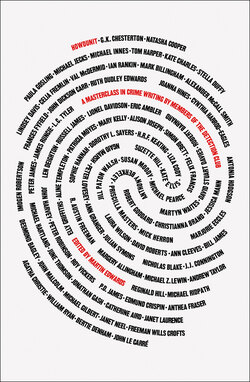Читать книгу Howdunit - Группа авторов - Страница 9
The Value of Detective Fiction G. K. Chesterton
ОглавлениеThe first essential value of the detective story lies in this, that it is the earliest and only form of popular literature in which is expressed some sense of the poetry of modern life. Men lived among mighty mountains and eternal forests for ages before they realized that they were poetical; it may reasonably be inferred that some of our descendants may see the chimney-pots as rich a purple as the mountain-peaks, and find the lamp-posts as old and natural as the trees. Of this realization of a great city itself as something wild and obvious the detective story is certainly the Iliad.
No one can have failed to notice that in these stories the hero or the investigator crosses London with something of the loneliness and liberty of a prince in a tale of elfland, that in the course of that incalculable journey the casual omnibus assumes the primal colours of a fairy ship. The lights of the city begin to glow like innumerable goblin eyes, since they are the guardians of some secret, however crude, which the writer knows and the reader does not. Every twist of the road is like a finger pointing to it; every fantastic skyline of chimney-pots seems wildly and derisively signalling the meaning of the mystery.
Chesterton’s argument about the role of the lonely urban detective has often been echoed or refashioned, with the gumshoe going down the mean streets most famously compared – by Raymond Chandler in ‘The Simple Art of Murder’ – to a knight errant.
Despite Chesterton’s eloquence, scepticism about the detective story persisted. In 1924, Richard Austin Freeman, pioneering creator of the scientific detective Dr John Thorndyke and later a founder member of the Detection Club (and an author Chandler described as ‘a wonderful performer’) wrote a long essay in The Nineteenth Century and After to defend his craft. Here is an extract.
